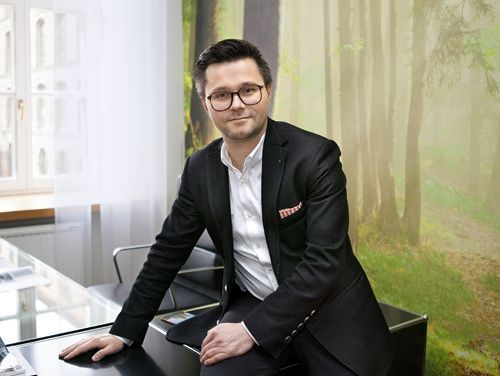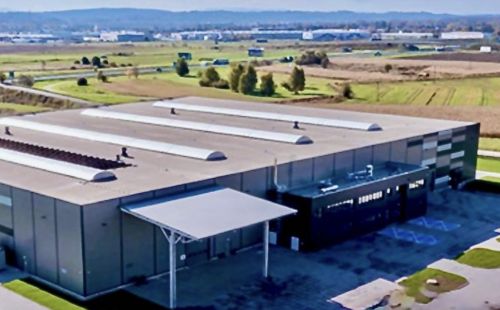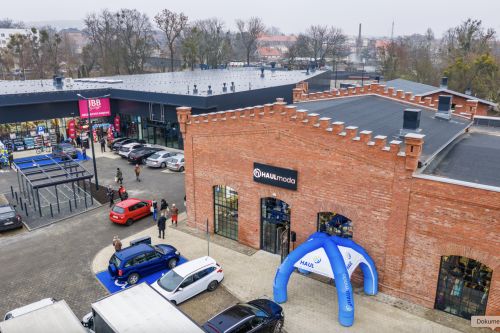Manufaktura in Łódź, Stary Browar in Poznań, Palladium and Andĕl (Smíchov) in Prague and Corvin Promenade in Budapest – these are just a few examples of the renovations of historic complexes or entire quarters of urban development that could be regarded as quite successful. There have also been some examples of ill-judged projects, but this article is not about pointing out all the mistakes. Revitalisations have been firing up developers’, civil servants’ and urban activists’ enthusiasm for some time now. Over the last few years there seem to have been more and more of such projects and these do not only include individual tenement buildings but entire quarters or even areas the size of districts. The topic is a very interesting one and equally as demanding, and the current economic conditions favour such enterprises. “There is a clear interest among developers in revitalisation projects. Not all of them































































